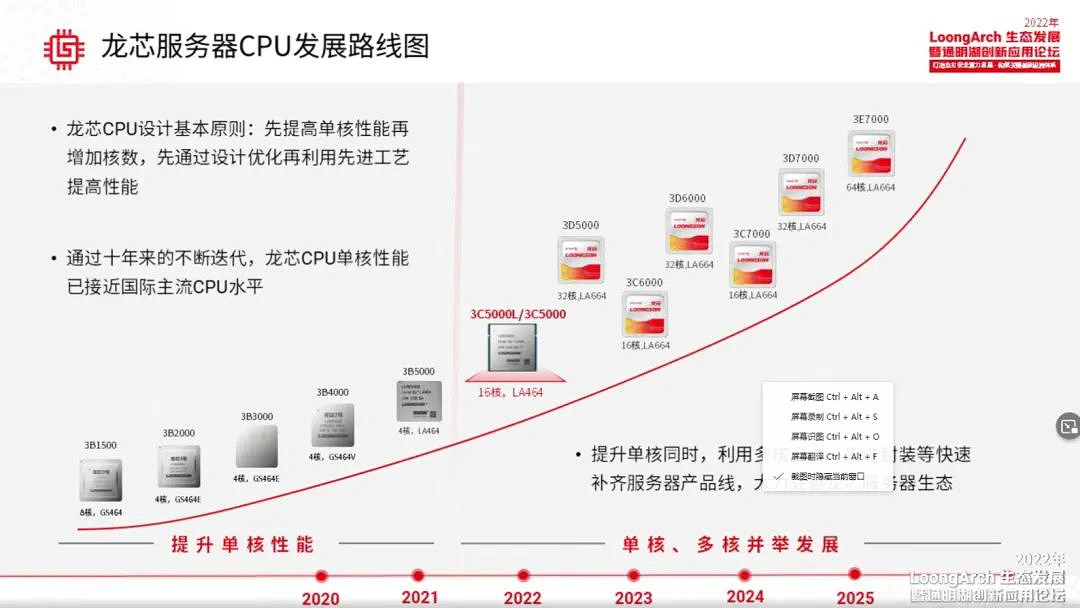China's Loongson Faces Overwhelming Obstacles Due to U.S. Restrictions
Will Loongson commercialize its next generation cores?
Loongson, one of the few Chinese CPU developers that can make competitive processors for client and server applications, is facing massive tailwinds due to its recent inclusion on the U.S. Department of Commerce’s Entity list. It’s spot on that list, which restricts its access to technologies from the U.S., won’t curtail its ability to make chips overnight, but a DigiTimes report suggests it could cause major issues in the coming years.
Unlike some other Chinese companies that use Arm and x86 instruction set architectures controlled by Western companies, Loongson's CPUs rely on the company's proprietary LoongArch ISA, which is backwards compatible with the MIPS architecture. As a result, it is impossible for the U.S. government to cut Loongson's access to the latest CPU technologies. But Loongson uses American electronic design automation (EDA) software to develop its processors, whereas its manufacturing partner SMIC uses wafer fab equipment that originates in the U.S.
To sell or support EDA programs to Loongson, companies like Ansys, Cadence and Synopsys — which control over 90% of the Chinese EDA market — have to obtain an export license from the U.S. Department of Commerce. Furthermore, to make chips for Loongson using its 14 nm and 12 nm-class process technologies, its manufacturing partner SMIC has to obtain other export licenses from the U.S. DoC as well.
Earlier this year it turned out that the Chinese government restricted exports of Loongson's latest CPUs based on the LoongArch microarchitecture citing strategic importance of the technology and national security concerns.
Given historical use and positioning of Loongson's processors today, it is unlikely that the U.S. Department of Commerce will grant export licenses for U.S. originating technologies to be sold to Loongson. As a result, eventually Loongson will not be able to develop new CPUs using EDA tools it has today. Furthermore, SMIC and other chipmakers will not be able to legally produce processors for Loongson unless they manage to obtain an appropriate license.
While Loongson's proprietary LoongArch microarchitecture can ensure that its processors can evolve, the curbs imposed by the U.S. government restrict development and manufacturing of actual CPUs.
For now, the company has its quad-core 3A5000 processor for client PCs and 16-core 3C5000 as well as 32-core 3D5000 CPUs based on the for servers, so it is going to keep ramping up production of these chips while it can. Design of the company's 6000-series processors based on the next-generation LA664 cores (which promise performance comparable to that of AMD's Zen 3) is probably ready, but Loongson's access to advanced process technologies is uncertain. It remains to be seen whether the company will be able to commercialize even its next-generation CPU family.
Get Tom's Hardware's best news and in-depth reviews, straight to your inbox.

Anton Shilov is a contributing writer at Tom’s Hardware. Over the past couple of decades, he has covered everything from CPUs and GPUs to supercomputers and from modern process technologies and latest fab tools to high-tech industry trends.
